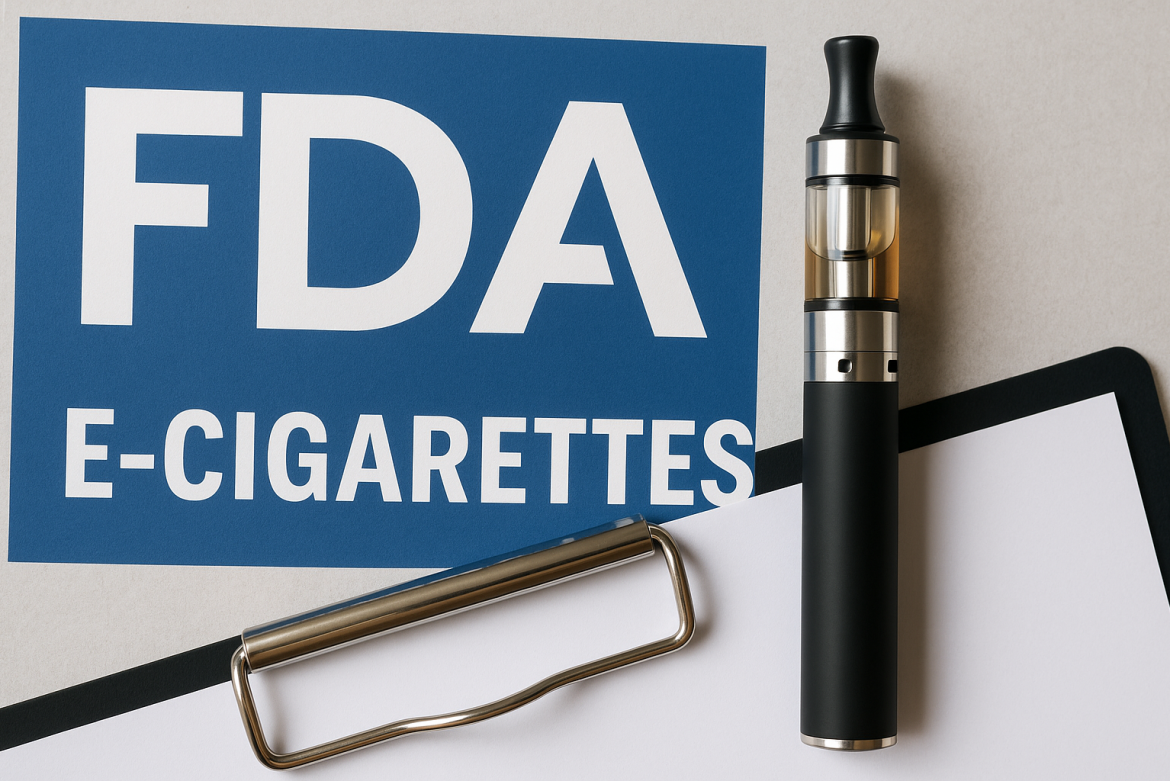[sg_popup id=”2″ event=”onload”][/sg_popup]
The FDA’s new Trump appointed head, Scott Gottlieb, announced last Friday that the FDA would be reversing its position on vapor products.
How we got here
Back in 2009, President Obama signed the Family Smoking Prevention and Tobacco Control Act (FSPTCA) which granted the FDA authority to regulate tobacco products. The FDA had tried for decades to regulate tobacco products in the past, but it was struck down by both the courts and congress that allowing tobacco products to exist at all would run counter to the FDA’s core mission of protecting the public from harmful products. The law had the support of tobacco companies as it eliminated any new competition by creating a burdensome approval process for new products, while giving any product on the market on February 15, 2007 a free pass.
On 05/10/2016 the FDA formally announced the deeming regulations that would bring vapor products under their regulatory control. The regulations imposed a market freeze on 08/08/2016 and were due to ban the 99.9% of vapor products on 11/08/2018. In order for any products to remain on the market past that date they would have to file a PMTA application and gain approval. While the word “application” makes it sound simple, every minor variation in flavor, strength, size, or even color of product would have required a new “application” that entails hundreds of thousands of dollars worth of research and work in order to submit. Furthermore, the FDA had provided little to no insight into exactly what information they were looking for, or any guaranteed path to approval even after spending such vast sums of money. Even the handful of large corporations who could afford the undertaking might take a pass on it due to the risk of spending millions just to be denied.
The FDA takes a new approach
While the FDA’s head of the Center for Tobacco Products (CTP) Mitch Zeller has stated numerous times that “people smoke for the nicotine, but its the smoke that kills them”, his agency actively pursued a policy that gave a free pass to the products that caused death and disease while regulating lower risk vapor products out of existence. However, Gottlieb’s latest announcement has pushed the vapor industry’s 2018 “doomsday” back to 08/08/2022, while promising an overhaul of the review process that will be “more efficient, predictable, and transparent for manufacturers”. That gives breathing room to an industry dominated by small business owner who were expecting to become unemployed next year.
The FDA has also said it may still take a look at restricting flavors that it deems attractive to youth. While that statement may be troublesome, we have some hope for reasonable dialog based on Gottlieb’s former statements and his past as a board member of vape shop franchise “Kure”. They are after all finally embracing the very concept of “the continuum of risk”.
Furthermore, Gottlieb announced a new attack on cigarettes that would look at the possiblity of forcing a reduction of nicotine to “non addictive levels” under the idea that it would deter new smokers from becoming addicted in the first place, while pushing existing smokers towards reduced harm products like vapor. Some members of our community (we all used to be smokers after all) have criticized that move as echoing the effect “light” cigarettes had on smokers who would simply smoke even more cigarettes in order to get their fix.
What does this mean for you today?
Basically you can continue to buy the products that you buy today, but the “new product freeze” is still in place. We are aware that some companies have blatantly flaunted the law and continue to release new products, but the FDA has promised that they will step up enforcement. We are still not completely sure what the FDA plans to do next, but for the first time in years we are all seeing some hope.

